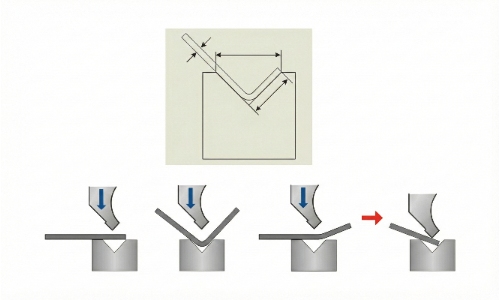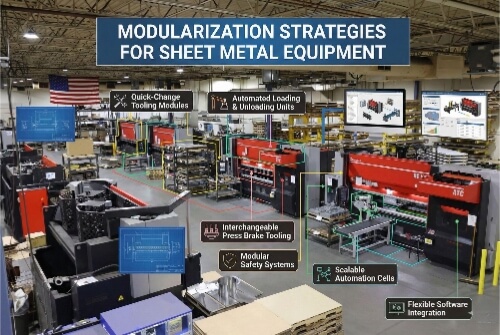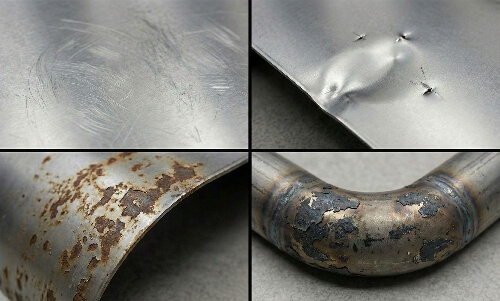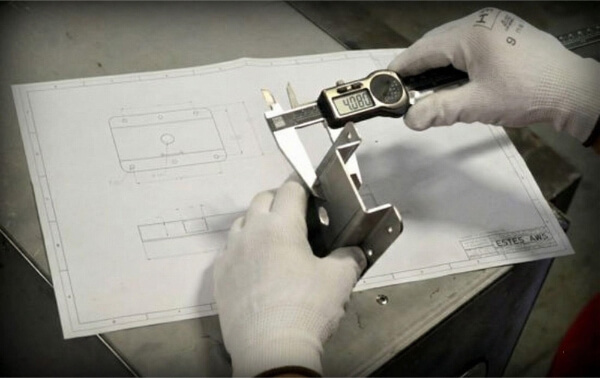Many companies struggle to meet tight production schedules and keep up with the demand for accurate parts. Long lead times and slow machining often hinder progress. To stay competitive, machine shops require faster and more reliable methods to complete their tasks. High-speed machining helps by cutting metal quickly, improving part quality, and making sure products are delivered on time.
Many teams want to know how high-speed machining can help their work. Now, let’s break down how it works and when to use it.
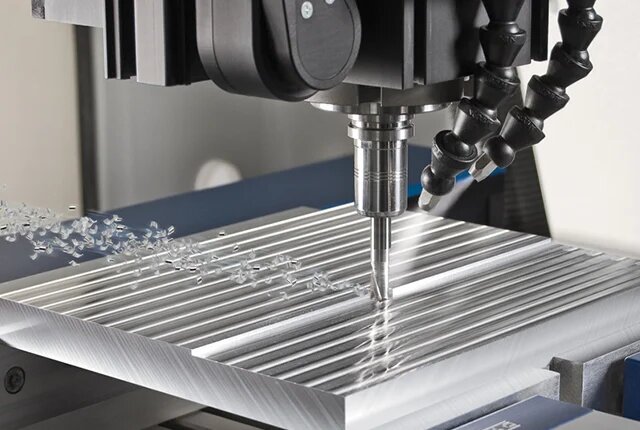
What Is High Speed Machining?
High speed machining (HSM) is a cutting method that utilizes significantly faster speeds than standard machining. It involves higher spindle speeds, quicker feed rates, and rapid moves between cuts.
The primary goal is to remove material quickly without generating excessive heat. Fast and light cuts help keep the tools cool. This reduces tool wear and gives a smoother surface on the finished part.
HSM also uses special cutting paths that avoid sharp turns. These smooth paths lower the strain on both the machine and the part. Machines built for HSM are stronger and react more quickly to keep up with the rapid movements.
Common High-Speed Machining Techniques
High-speed machining employs specialized techniques to achieve optimal results. Each method is designed to cut faster, reduce heat, and produce more accurate parts. Here are some of the primary ways shops utilize high-speed machining today.
Trochoidal Milling
Trochoidal milling is a method of cutting slots or pockets using a looping motion. The tool moves in small, circular paths while it moves forward. This keeps the tool cool and spreads the cutting force. It helps the tool last longer and lets it cut deeper into hard materials.
Peel Milling
Peel milling employs a narrow cut, maintaining the tool’s forward motion at a steady speed. The tool “peels” away thin strips of material in each pass. This reduces the force on the tool. It works well on tough metals and maintains low heat.
High-Speed Pocketing
High-speed pocketing is used to clear out large areas inside a part. The machine employs fast, shallow passes rather than deep cuts. This helps remove chips quickly and avoids tool breakage. It also makes the pocket walls smoother.
Rest Machining
Rest machining is a method for refining small areas that earlier cuts may have missed. The software identifies areas with leftover material and utilizes smaller tools to complete them. This saves time and keeps the part accurate.
Dynamic Milling
Dynamic milling maintains the tool’s engagement with the material at a steady rate. The tool path changes to avoid heavy loads. This means the machine can use higher speeds and feeds. It reduces tool wear and maintains more consistent parts.
High-Speed Drilling and Tapping
High-speed drilling and tapping utilize high spindle speeds and rapid movements. The drills or taps enter and exit the material faster. This shortens cycle times. Special coatings and coolants help keep the tools sharp and reduce heat.
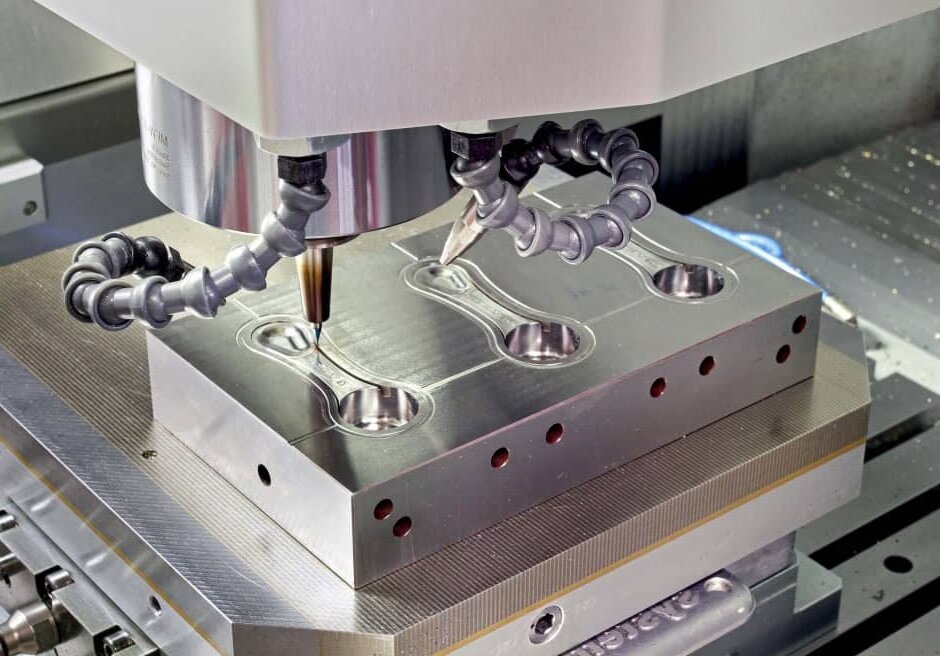
Benefits of High Speed Machining
Using high speed machining gives manufacturers a clear edge. It speeds up production, improves part quality, and helps tools last longer. Below are the primary benefits teams experience when using this method.
Increased Productivity
High speed machining cuts faster. It uses shorter cycle times and reduces idle movements. The machine spends more time cutting and less time moving between steps.
Shops can produce more parts in the same amount of time. This helps meet deadlines and handle larger orders without needing more machines.
Improved Surface Finish
Because the tools move faster and take lighter cuts, the finished surfaces are smoother. There are fewer burrs and rough edges.
This can reduce or even remove the need for secondary polishing or grinding. It saves time and labor while enhancing the appearance of the final product.
Reduced Tool Wear
HSM utilizes techniques that reduce cutting force and heat. Less heat means less tool damage. Smooth tool paths also avoid sudden pressure on the cutting edge.
As a result, tools last longer. This reduces tool costs and maintains stable production.
Lower Energy Consumption
High speed machining removes material faster using smaller cuts and steady tool paths. This puts less strain on the machine motors.
The machine uses less power per part. Over time, this lowers energy costs and supports more efficient production.
Core Factors of High-Speed Machining Operations
To achieve the maximum benefits of high-speed machining, several key factors must work in tandem. Each one affects how fast, accurate, and stable the process is. Let’s look at what matters most.
Spindle Speed and Power
High speed machining needs high spindle speeds. Many setups run at over 10,000 RPM. The spindle must also have enough power to maintain those speeds under load.
Stronger spindles can handle deeper or faster cuts without slowing down. They also help prevent chatter and poor surface finishes.
Machine Rigidity and Stability
At high speeds, even the slightest vibration can damage a part. The machine frame must be rigid. The components must be able to resist bending or shaking.
A stable machine cuts more smoothly. It also helps protect the tools and extends their life. This is why most HSM machines have strong frames and precise linear guides.
Toolpath Optimization
Toolpath strategies play a significant role. High speed machining works best with paths that avoid sharp turns or sudden changes in direction.
Smooth, flowing paths maintain a steady cutting load. CAM software helps generate these paths. It also avoids unnecessary air cuts and overlaps. This saves time and protects the tool.
Workholding and Fixturing
At high speeds, even small part movements can cause problems. The part must be held firmly in place. Clamps, vises, and fixtures must resist vibration and stay locked.
Custom fixtures are often used. They help hold complex shapes or thin walls without bending. Good fixturing ensures better accuracy and repeatability.
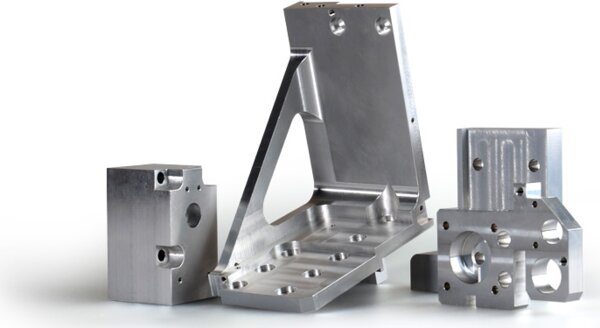
Applications Across Industries
HSM is utilized in various industries. It helps companies produce detailed parts more quickly and with higher quality. Below are some key areas where HSM makes a significant impact.
Aerospace Components
The aerospace field often works with hard metals like titanium and Inconel. These materials are difficult to machine. HSM removes metal quickly while keeping tight size limits. It’s commonly used to make thin walls, brackets, covers, and structural parts. HSM helps reduce weight, improve part accuracy, and cut production time.
Automotive Parts
Car makers use HSM for engine blocks, suspension parts, and custom designs. Quick cutting speeds support large-scale production. The process works well with aluminum and other lightweight metals that help improve fuel savings.
Medical Devices
Medical parts must be precise and very smooth. HSM is used to make tools, implants, and testing equipment. It allows for clean, sharp detail on materials like stainless steel, titanium, and plastics. This often eliminates or reduces the need for additional finishing.
Mold and Die Making
HSM is a significant tool in the mold and die industry. It machines hard metals with high accuracy. The smoother surfaces it creates mean less polishing later. Fast cutting speeds enable toolmakers to deliver molds quickly, which is particularly beneficial for short runs or custom parts.
Best Practices for Implementation
To achieve the best results from HSM, every aspect of the setup must be carefully considered and optimized. Following good practices helps reduce errors, extend tool life, and maintain consistent quality.
Evaluate Part Suitability
Not all parts are suitable for high-speed machining. It’s essential to check the material, shape, and tolerance needs first.
Parts with thin walls, tight curves, or deep pockets usually benefit the most. Simpler parts or low-quantity runs may not need the speed and cost of HSM.
Choose the Right Machine Tools
The machine must be built for high-speed work. That means it should have fast spindles, quick motion controls, and a strong, rigid frame.
If the machine is weak or slow, it may vibrate or leave rough surfaces. It can also shorten tool life and lead to errors.
Use High-Quality Cutting Tools
Good tools are key in HSM. Use sharp, well-balanced tools with the right coatings and shapes for fast cutting.
Carbide tools with heat-resistant coatings, such as TiAlN or diamond, are often the best choice. Make sure the tool matches the material you’re cutting.
Control Chip Evacuation
At high speeds, chips accumulate quickly. If they aren’t removed quickly, they can damage the tool or overheat the part.
Use air jets, coolant, or high-pressure systems to clear chips. Tool paths should be open, and cuts should be light to facilitate easy chip flow.
Maintain Rigidity in Workholding
The part must stay completely still while being cut. Any movement causes chatter, bad surface finish, or tool damage.
Use strong clamps or custom fixtures. Keep the part close to the table to limit vibration. A solid setup leads to better cuts and longer tool life.
Conclusion
High speed machining is a modern approach that helps manufacturers cut parts faster, with better precision and longer tool life. It relies on fast spindle speeds, optimized tool paths, and stable machines to improve productivity. This method is widely used in the aerospace, automotive, medical, and mold-making industries.
Want to know if high-speed machining is a good fit for your next project? Contact us today to get expert advice or a fast quote.
Hey, I'm Kevin Lee

For the past 10 years, I’ve been immersed in various forms of sheet metal fabrication, sharing cool insights here from my experiences across diverse workshops.
Get in touch

Kevin Lee
I have over ten years of professional experience in sheet metal fabrication, specializing in laser cutting, bending, welding, and surface treatment techniques. As the Technical Director at Shengen, I am committed to solving complex manufacturing challenges and driving innovation and quality in each project.

